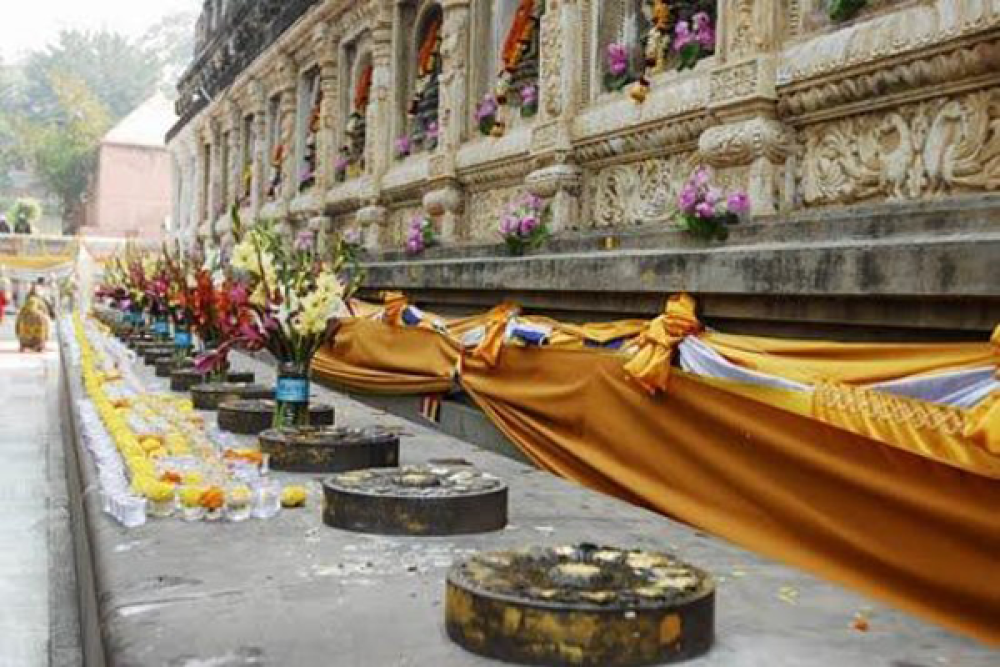

The Cankamana, or the Cloister Walk, is one of the most venerated parts of the Mahabodhi Temple complex situated in Bodh Gaya, Bihar, India. This sacred city is renowned for being the place where Gautama Buddha is said to have attained enlightenment under the Bodhi Tree around 2,500 years ago. As a result, Bodh Gaya has been an essential destination for Buddhism pilgrims for centuries.
The history of tourism in Bodh Gaya can be traced back to the time of Ashoka the Great, the Mauryan emperor who embraced Buddhism after the Battle of Kalinga. Ashoka is believed to have visited Bodh Gaya in the 3rd century BCE and constructed the original Mahabodhi Temple. The Cankamana is said to mark the spot where Lord Buddha walked during the third week following his enlightenment, and therefore holds immense spiritual significance.
The site has seen pilgrims from across Asia since its inception, with historical documentation of visitor numbers increasing significantly from the Gupta period onward. The rise of Buddhism and its royal patronage facilitated the construction of monasteries and stupas, thus enhancing the site’s appeal to pilgrims and tourists alike.
After centuries of decline during the medieval period, Bodh Gaya, and consequently Cankamana, saw a resurgence in the 19th and 20th centuries as interest in Buddhist sites grew. The site has undergone numerous restoration efforts, and this along with its profound religious importance led to the Mahabodhi Temple being declared a UNESCO World Heritage site in 2002.
In recent times, Bodh Gaya not only draws religious visitors but also cultural enthusiasts and heritage tourists. Modern trends see an increase in meditation retreats, international Buddhist conventions, and educational tourism. The site also boasts modern facilities, guesthouses, and improved accessibility, making it more approachable for a global audience.
Seasonal Impacts: The peak tourist season coincides with the Buddhist Festival of Vesak, marking the Buddha's birth, enlightenment, and death. Winters witness a surge in visitor numbers due to pleasant weather, whereas the monsoon and hot summers see fewer tourists.
Connecting Cultures: Bodh Gaya today welcomes a diverse range of visitors from various countries, with many returning annually for spiritual reasons. It's not just about Buddhism; the site represents a dialogue of peace, unity, and understanding among different cultures.
With the on-going global interest in spirituality and mindfulness, Bodh Gaya and the revered Cankamana continue to attract visitors seeking personal enlightenment, historical connection, and peace. The Cankamana reinforces Bodh Gaya’s status as a beacon of serenity and an enduring symbol in the quest for spiritual fulfillment.